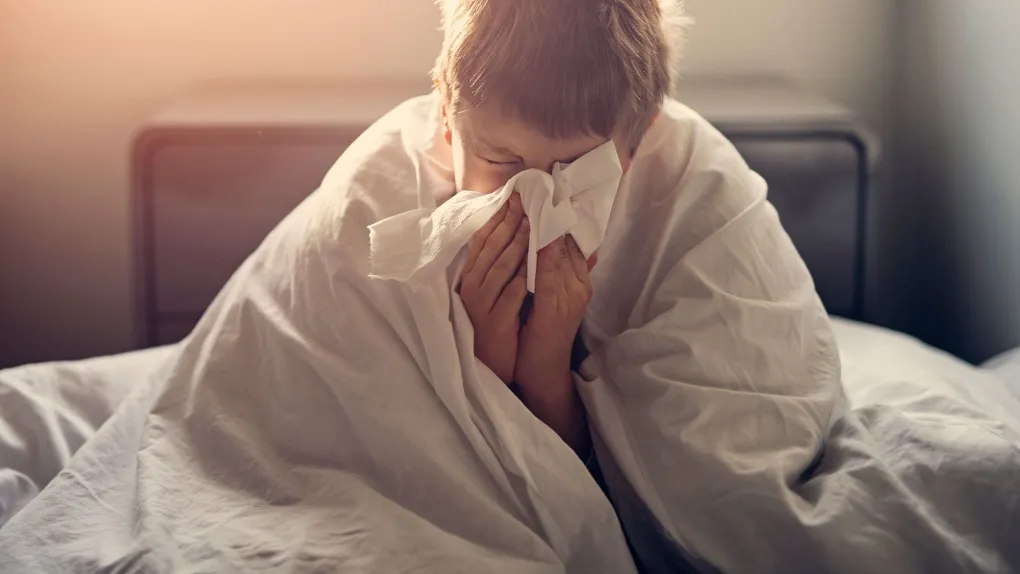Walking Pneumonia in U.S. Children: Recent Surge and Treatment Insights

Overview of Walking Pneumonia Cases
Walking pneumonia, scientifically known as atypical pneumonia, is predominantly caused by the bacterium Mycoplasma pneumoniae. Recent reports indicate a significant rise in cases among children across the United States this year. This condition is characterized by a persistent cough, low-grade fever, and malaise, often causing parents to seek medical attention after weeks of symptoms.
Identifying Symptoms and Seeking Treatment
Recognizing the symptoms promptly is crucial. Symptoms include:
- Persistent cough lasting weeks
- Low-grade fever
- Fatigue and body aches
Given the surge in cases, healthcare providers should consider alternative antibiotic regimens specifically geared for treating walking pneumonia, as traditional treatments may not be fully effective in all cases.
Implications for Pediatric Healthcare
As cases of walking pneumonia increase, awareness among healthcare professionals is paramount. Updating treatment protocols and enhancing communication with parents can lead to improved outcomes for affected children. Assessing the trends continually is essential to adapt our healthcare strategies effectively.
This article was prepared using information from open sources in accordance with the principles of Ethical Policy. The editorial team is not responsible for absolute accuracy, as it relies on data from the sources referenced.